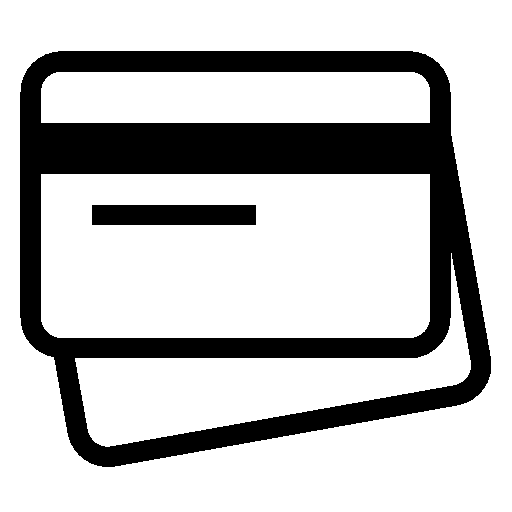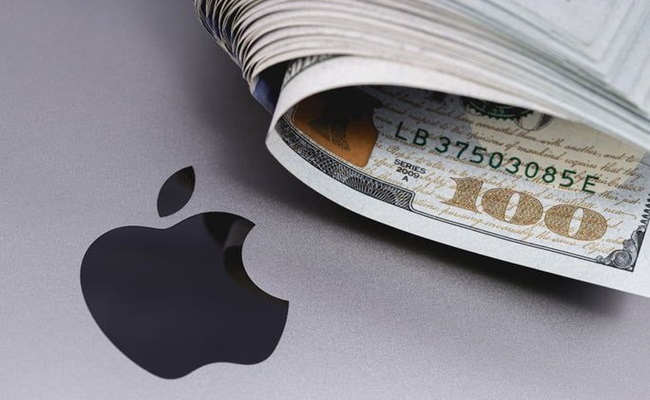December is traditionally a month of elevated spending as Americans celebrate the holiday season with shopping sprees, dining out, and gifting loved ones. In 2024, this trend reached new heights as credit card spending surged, driven by a robust appetite for services and retail purchases. Despite concerns about inflation and economic uncertainty, consumers showed remarkable resilience, prioritizing experiences and material goods during the festive period.
This article delves into the factors behind this spending acceleration, the implications for the economy, and what it reveals about American consumer behavior.
Holiday Spirit Drives Spending Frenzy
December marks the culmination of the holiday season, a time when family gatherings, parties, and gift exchanges dominate the social calendar. According to data from financial institutions and market analysts, credit card transactions increased by over 10% compared to the previous month. Retailers and service providers saw significant spikes in revenue as shoppers flocked to stores and online platforms.
Key Spending Categories
- Retail:
Consumers spent heavily on clothing, electronics, toys, and home décor. Major sales events, including Black Friday carryovers and Christmas promotions, enticed shoppers to spend on gifts and personal items. - Services:
The demand for travel, dining out, and entertainment surged. With pandemic restrictions largely behind us, Americans prioritized experiences such as concerts, theater shows, and vacations. - E-commerce:
Online shopping continued to grow, with many consumers opting for the convenience of digital platforms. Retailers like Amazon, Walmart, and Target reported record-breaking sales during the holiday season.
Factors Behind the Spending Surge
Several factors contributed to the uptick in credit card spending in December. These include improved consumer sentiment, strategic retail promotions, and evolving payment trends.
1. Resilient Consumer Confidence
Despite inflationary pressures and concerns about rising interest rates, American consumers remained optimistic during the holiday season. The University of Michigan’s Consumer Sentiment Index showed a modest uptick in December, reflecting a belief in job stability and income growth. This confidence fueled spending, even as households grappled with higher costs.
2. Retail Promotions and Discounts
Retailers played a significant role in driving spending by offering aggressive discounts and promotions. Many extended Black Friday deals well into December, creating a sense of urgency for shoppers to capitalize on savings. Additionally, the rise of “buy now, pay later” (BNPL) options allowed consumers to stretch their budgets without feeling the immediate pinch.
3. Pent-Up Demand for Experiences
Following years of pandemic-induced restrictions, Americans eagerly returned to spending on experiences. This included vacations, dining out, and attending live events. December was a peak month for these activities, as families traveled to reunite and celebrated the holidays in style.
4. Increased Credit Card Usage
The widespread adoption of credit cards and digital payment systems also contributed to the surge. Credit card companies reported a higher volume of transactions, particularly among younger consumers who are more likely to use credit for everyday purchases. Rewards programs and cashback offers further incentivized spending.
Economic Implications
The December spending frenzy has significant implications for the U.S. economy. While it signals robust consumer activity, it also raises questions about household debt and long-term sustainability.
Boost to Retail and Service Sectors
The retail and service industries were among the biggest beneficiaries of the spending surge. Retailers reported higher revenues, and service providers experienced a rebound in demand. This activity is crucial for job creation and economic growth, particularly during the critical fourth quarter.
Rising Household Debt
While increased spending is good news for businesses, it often comes at the cost of rising household debt. Credit card balances reached new highs in December, fueled by the combination of holiday spending and high-interest rates. This trend could pose challenges for consumers in the months ahead, as they work to pay down balances.
Inflationary Pressures
The surge in spending also has the potential to exacerbate inflation. Higher demand for goods and services can lead to price increases, putting additional pressure on the Federal Reserve to manage inflation through monetary policy.
Consumer Resilience
On a positive note, the spending acceleration reflects the resilience of American consumers. Despite economic headwinds, households found ways to prioritize their financial goals while indulging in holiday cheer.
What It Reveals About Consumer Behavior
The December spending boom offers valuable insights into the evolving habits and priorities of American consumers.
1. Preference for Experiences
The strong demand for travel and dining highlights a shift in consumer priorities. Experiences are increasingly valued over material possessions, particularly among younger generations. This trend suggests that businesses in the travel, hospitality, and entertainment sectors are well-positioned for growth.
2. Dependence on Credit
The reliance on credit cards indicates that consumers are willing to incur short-term debt to meet their needs and desires. However, it also underscores the importance of financial literacy and responsible credit usage.
3. The Power of Digital Platforms
E-commerce continues to dominate, with more shoppers turning to online platforms for convenience and variety. Retailers that invest in seamless digital experiences and competitive pricing will likely maintain an edge in this space.
4. Adaptation to Economic Challenges
Consumers have shown remarkable adaptability in navigating economic challenges. From leveraging rewards programs to embracing flexible payment options, they are finding creative ways to maximize their spending power.
Tips for Managing Post-Holiday Debt
As credit card bills arrive in January, many Americans may feel the strain of holiday spending. Here are some tips for managing post-holiday debt:
- Create a Repayment Plan:
Prioritize high-interest debt and aim to pay more than the minimum amount due. This will help reduce your balance faster and minimize interest charges. - Use Balance Transfer Offers:
Consider transferring high-interest balances to a credit card with a lower promotional rate. This can save you money while you work to pay off your debt. - Cut Unnecessary Expenses:
Review your monthly budget and identify areas where you can cut back to free up cash for debt repayment. - Leverage Rewards:
If your credit card offers cashback or rewards, use them to offset holiday expenses or reduce your outstanding balance. - Seek Professional Advice:
If you’re struggling to manage debt, consider speaking with a financial advisor or credit counselor for personalized guidance.
Looking Ahead: What to Expect in 2025
As the holiday season fades, attention will turn to how consumers and businesses navigate the economic landscape in 2025. Key trends to watch include:
- Interest Rate Impact:
Rising interest rates could temper consumer spending in the months ahead, as higher borrowing costs take a toll on household budgets. - Shift in Spending Habits:
Economic uncertainty may prompt consumers to prioritize essentials over discretionary purchases, leading to a slowdown in certain sectors. - Technological Innovation:
Retailers and service providers will continue to leverage technology to enhance the customer experience, from personalized recommendations to augmented reality shopping.
Conclusion
The acceleration of credit card spending in December underscores the enduring power of consumer activity during the holiday season. While it brought a welcome boost to businesses, it also highlighted the challenges of rising debt and economic pressures. For consumers, the key to sustaining financial health lies in striking a balance between indulgence and responsibility.
As we move into 2025, the lessons of this spending season will shape decisions for households, businesses, and policymakers alike. Whether it’s managing debt, adapting to new economic realities, or seizing opportunities in a changing marketplace, the insights from December’s spending surge offer a valuable roadmap for the year ahead.




